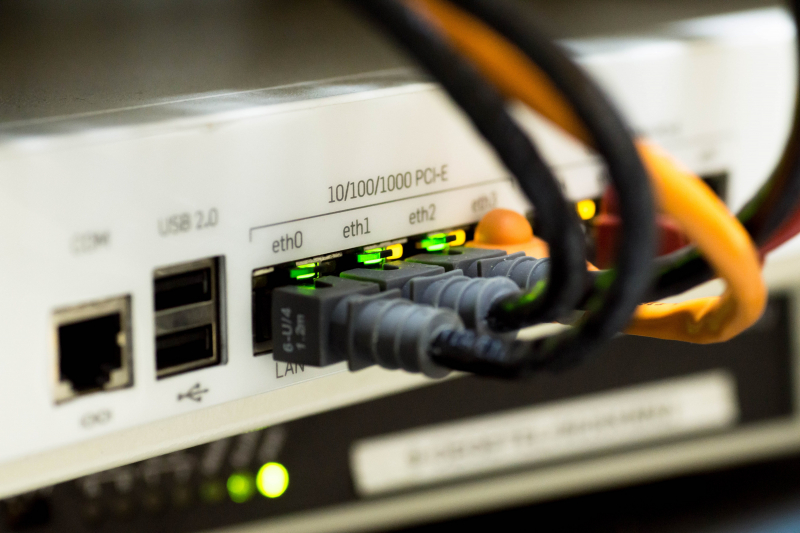Wi-Fi and Ethernet
Essay topic: Wi-Fi and Ethernet.
Answer:
In our connected world, staying online involves different methods, with Wi-Fi and Ethernet being two commonly used ways. These methods vary in how they provide internet access, each with its own features.
Wi-Fi, short for wireless fidelity, enables devices to connect to the internet without physical cables. It uses radio waves to transmit data between a router and devices like phones, computers, or tablets. This wireless approach allows for mobility, letting users move around within the signal range.
In contrast, Ethernet relies on physical cables to connect devices. A cable, often with a plug called an Ethernet cable, links a device to a router or modem. This wired connection provides stability and consistent internet speed, making it suitable for activities that require a strong and reliable connection.
When considering speed, Ethernet tends to offer faster and more reliable connections compared to Wi-Fi. This is because a wired connection directly links the device to the network, minimizing interference and ensuring a steady flow of data.
However, Wi-Fi excels in convenience. Without the need for cables, devices can connect wirelessly, allowing for flexibility and ease of use. This is particularly beneficial for mobile devices and areas where installing cables might be challenging.
In terms of setup, Wi-Fi is generally easier to install. Devices can connect to the internet as long as they are within the wireless signal range. Ethernet, on the other hand, requires physical cables to be connected, which may involve more effort, especially in larger spaces.
In conclusion, while both Wi-Fi and Ethernet provide internet connectivity, they differ in their approach. Wi-Fi offers flexibility and convenience through wireless connections, whereas Ethernet provides stability and faster speeds through physical cables. Choosing between them depends on the specific needs and preferences of users.












